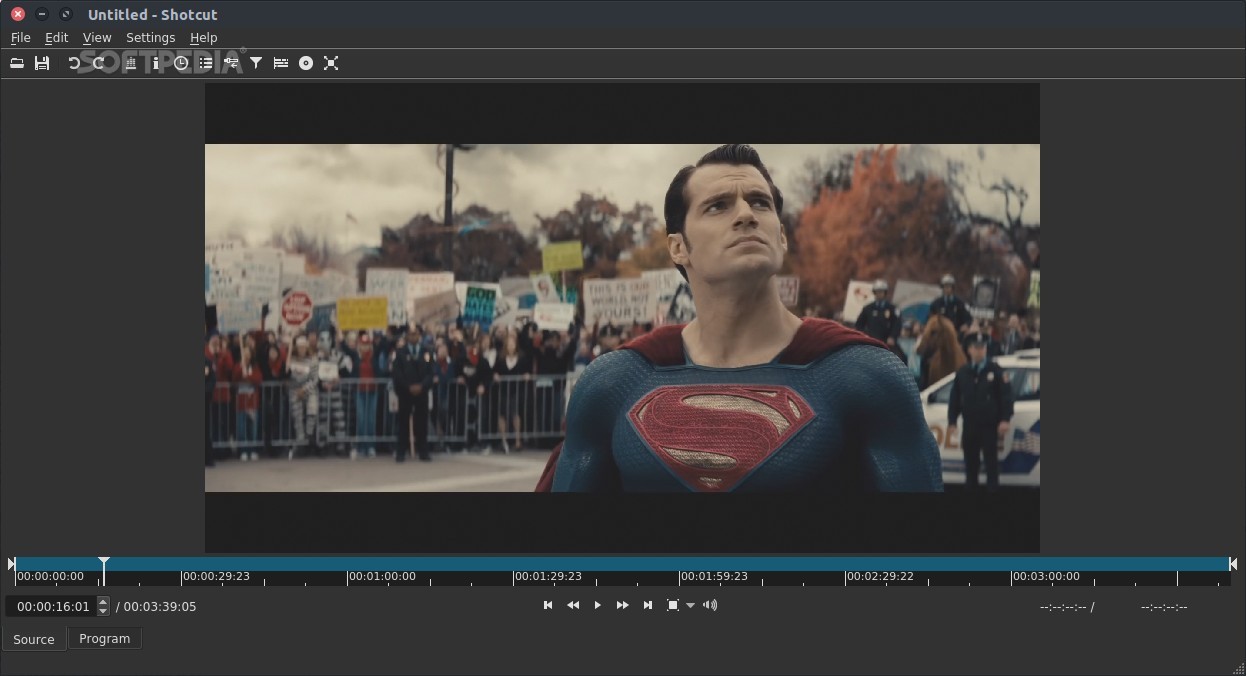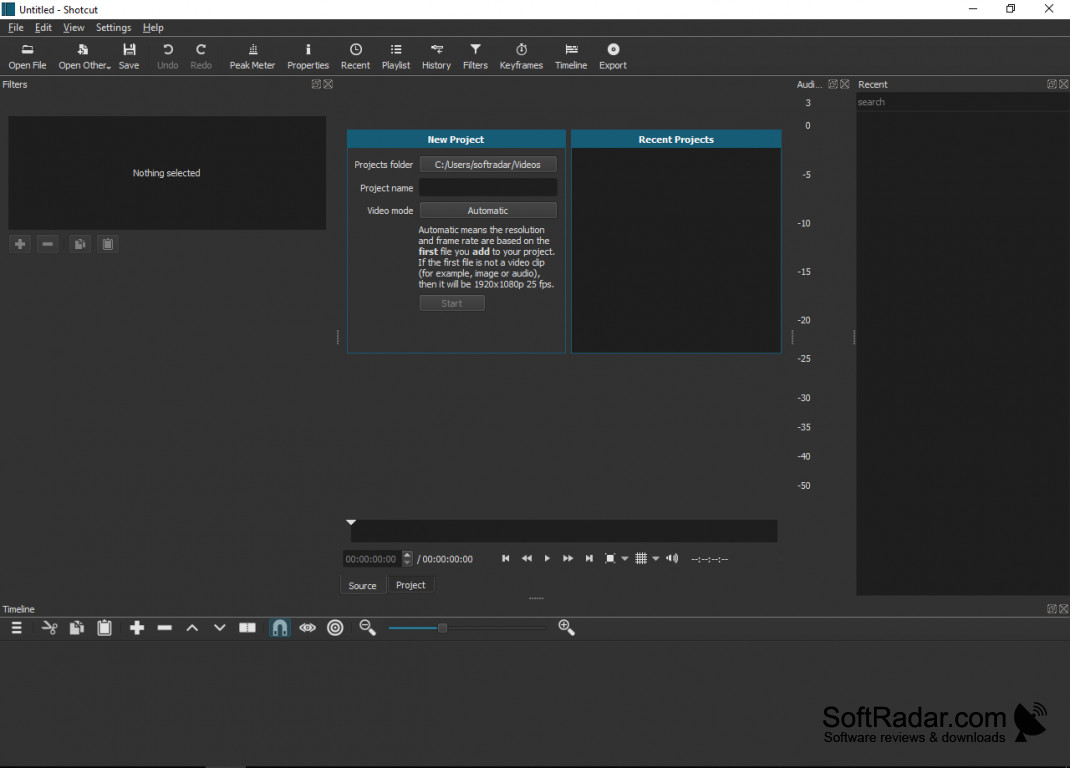

The files typically reside below AVCHD/BDMV/STEAM and have the. (Warning: The interface takes quite a lot of space, so you need as large a monitor as possible to edit videos in Shotcut.) If your camera uses the modern standard AVCHD, look for the appropriate file in a subdirectory of the memory card. To load a video file, click the Open File button in the toolbar (or press Ctrl+O) and select the desired file.

HelmsmanĪfter launching, the clear-cut Guide window shown in Figure 1 appears. In this case, you not only see a list of all video and audio formats supported by the program, you also see whether any libraries or other dependencies are missing. It is a good idea to launch the script from a terminal window. In the Shotcut/Shotcut.app subfolder, run the shotcut script. If you still want to use the 32-bit version, contrary to the recommendation by the Fedora developers, you can try one of the other versions, but you should be aware of a risk for crashes.Ĭlicking on one of the links gives you a tarball that you simply unpack in your home directory. Users of Fedora, as of version 16, currently only have a package for a 64-bit installation. On a 64-bit system, you will then see x86_64 in the output. If you are unsure, call uname -i in a terminal. If you are running Ubuntu 12.04, Debian version 7, openSUSE version 12, or a version that builds on one of these distros Kubuntu or something more recent, then click the 64-bit Linux or 32-bit Linux link, depending on your computer's architecture. On the Shotcut homepage, look at the Download section at the bottom right of the page.

Under Ubuntu, enter the following command to install all the dependencies: sudo apt-get install libqtcore4 libsdl1.2debian libsox2 libexif12 To set up Shotcut, first install the packages for Qt4, SDL 1.2, libsox, and libexif from your package manager. For this article, I used the release from September 13, 2013. Nevertheless, this development does not prevent production use – if you are aware of the pitfalls. The software is currently in a process of rapid change: Almost every day a new version appears with fixes and minor new features. The feature scope and concept are somewhat reminiscent of the now defunct Kino program, to which Dan Dennedy incidentally also contributed. For a year, Dan Dennedy has been working hard on a small, relatively easy-to-use video editing program that newcomers to video editing and the occasional filmmaker will really appreciate. The complete functionality of Shotcut can be described easily: The tool edits videos, adds effects, joins the videos to create a new movie, and returns the results in a freely selectable video format.


 0 kommentar(er)
0 kommentar(er)
